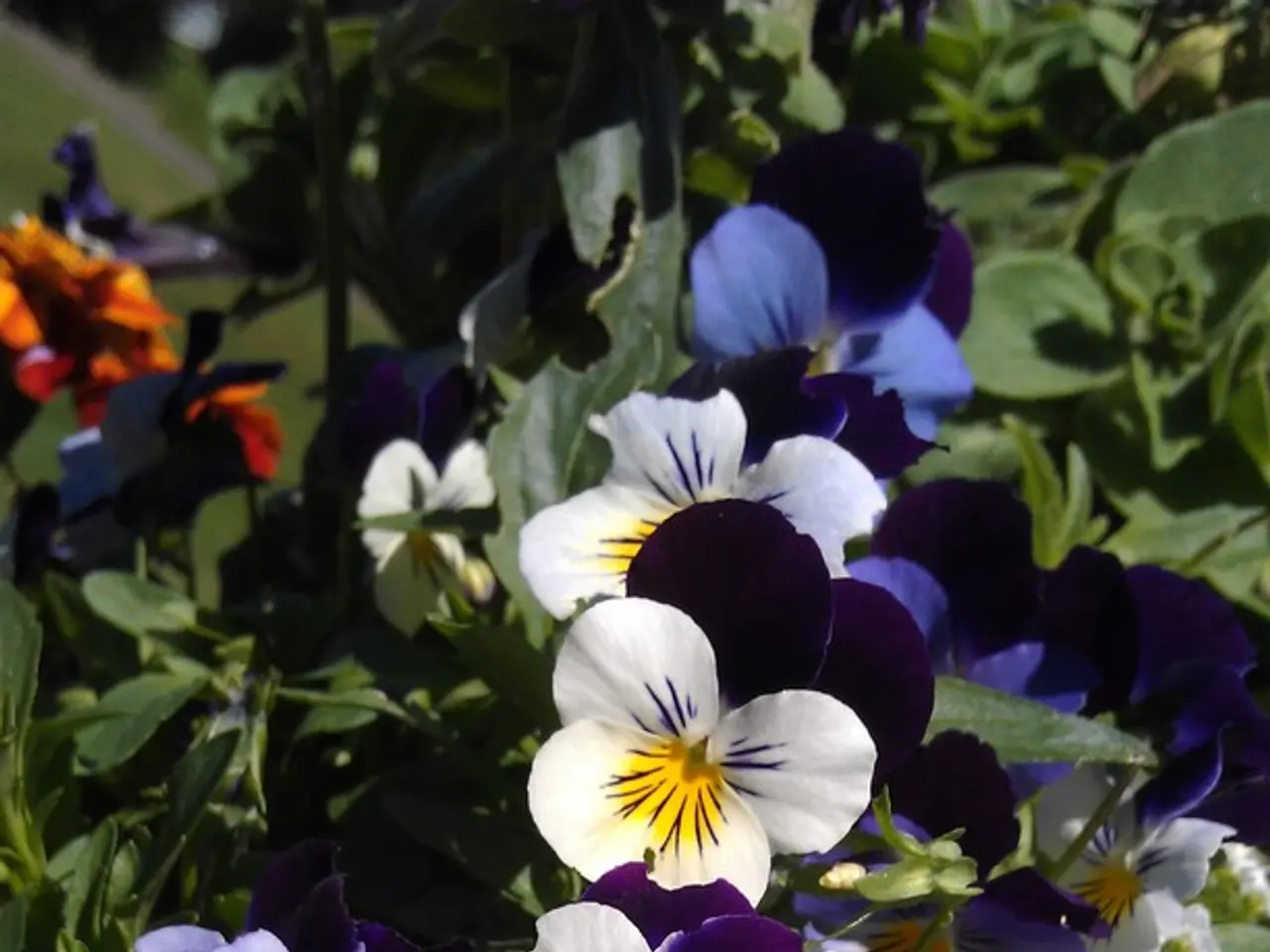Exploring the Top 10 Inquiries Regarding Nasturtiums
Nasturtiums, with their vibrant flowers and peppery leaves, are a popular choice for many gardeners. However, these hardy plants can be quite prolific, often spreading readily, especially by seeds. Here's a guide on how to control the spread of nasturtiums in your garden while still enjoying their pest-repelling qualities and ornamental appeal.
Control the Spread
Regularly removing spent flowers (deadheading) is the most effective way to prevent self-seeding and reduce uncontrolled spreading by seed production. This practice not only helps in managing the plants but also encourages the plant to produce more new flowers.
Spacing plants adequately (about 10-12 inches apart) is another important factor. This helps manage growth and keeps them from crowding out other plants.
Avoid over-fertilizing, as excess nutrients promote foliage spread rather than flowering, which can lead to more vigorous spreading. If you're growing nasturtiums in containers, a light dose of balanced fertilizer may help with leggy growth.
Guide or prune trailing varieties if grown vertically, as they don’t have tendrils but can spread widely otherwise. Manually removing unwanted seedlings that sprout outside designated beds is also a good practice to limit natural invasiveness.
Cultural Practices
Nasturtiums thrive in well-drained soil with full sun to light shade. Watering moderately after establishment is key to avoid overly vigorous growth. In cooler climates, nasturtiums bloom from early summer until fall frost.
Additional Benefits
Nasturtiums are good plants for pollinators, attracting bees, hummingbirds, and other pollinators due to their brightly colored flowers and sweet nectar. They are incredibly easy to grow and thrive in poor soil.
In frost-free climates, nasturtiums grow as a perennial and can bloom all year. However, during extremely hot, humid summer weather, they may experience a period of dormancy.
In areas that receive frost, nasturtium seeds can be started indoors 4 to 6 weeks prior to the last frost date. In frost-free climates, nasturtium seeds can be started directly in the ground at any time of the year.
Harvesting nasturtium flowers and leaves can be done as needed, with the best time being early in the day for milder flavor. Nasturtium seeds can be saved for winter storage by allowing them to dry completely after being picked from the ground.
When transplanting nasturtium seedlings, it's recommended to use peat pots to reduce transplant shock.
Remember, with proper care and management, nasturtiums can be a beautiful and beneficial addition to any garden.
[1] Gardening Know How: Nasturtium Care [3] The Spruce: Nasturtium Care and Growing Guide
Maintaining a home-and-garden lifestyle includes caring for plants like nasturtiums, which are popular for their vibrant flowers and pest-repelling qualities. To keep nasturtiums controlled in your garden, practice regular deadheading to prevent self-seeding, space plants appropriately, and watch your fertilizing.
Additionally, pruning trailing varieties and manually removing unwanted seedlings will help manage nasturtiums in your home-and-garden setup.




